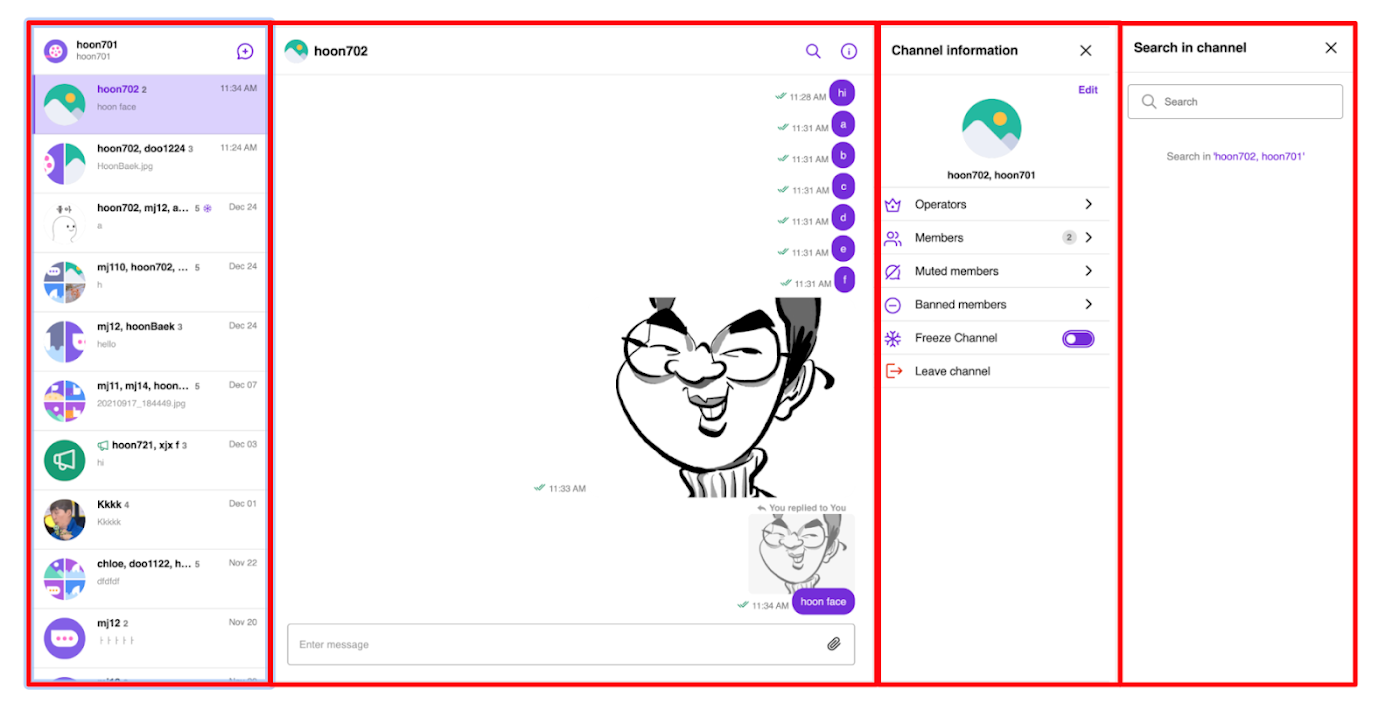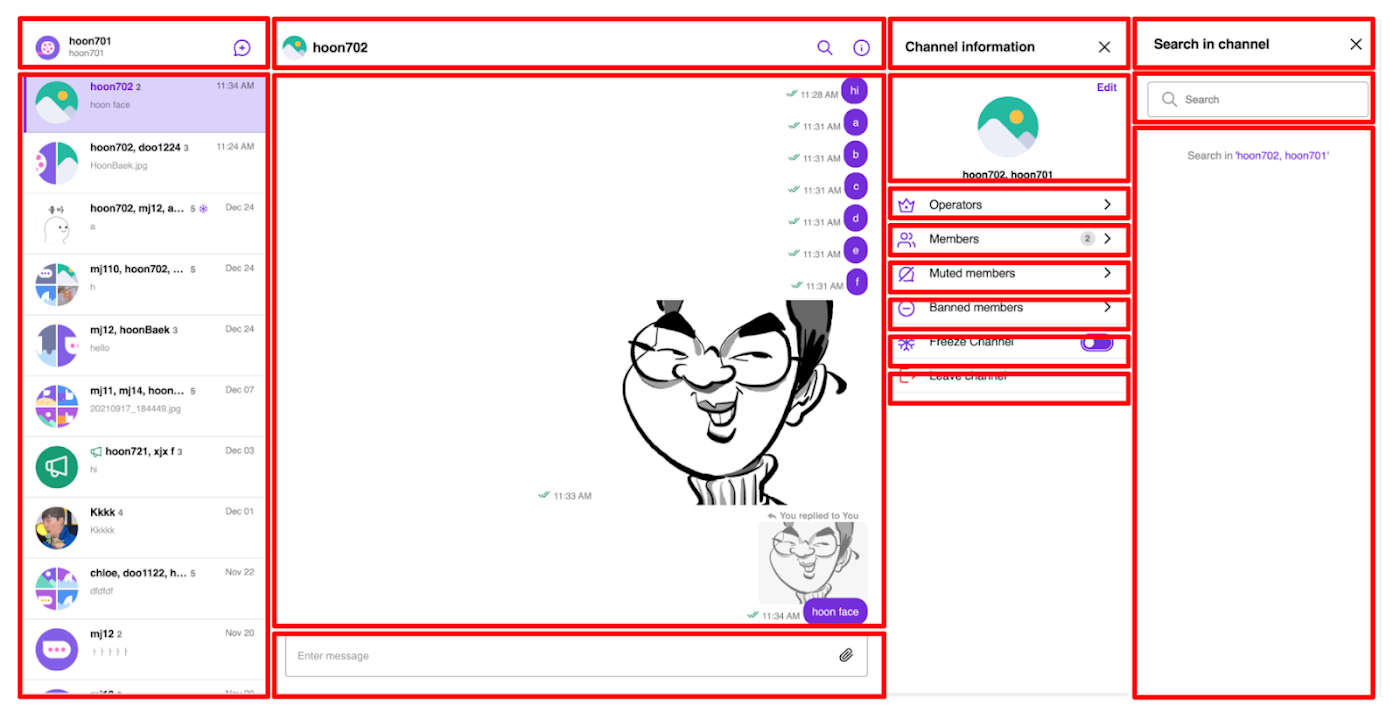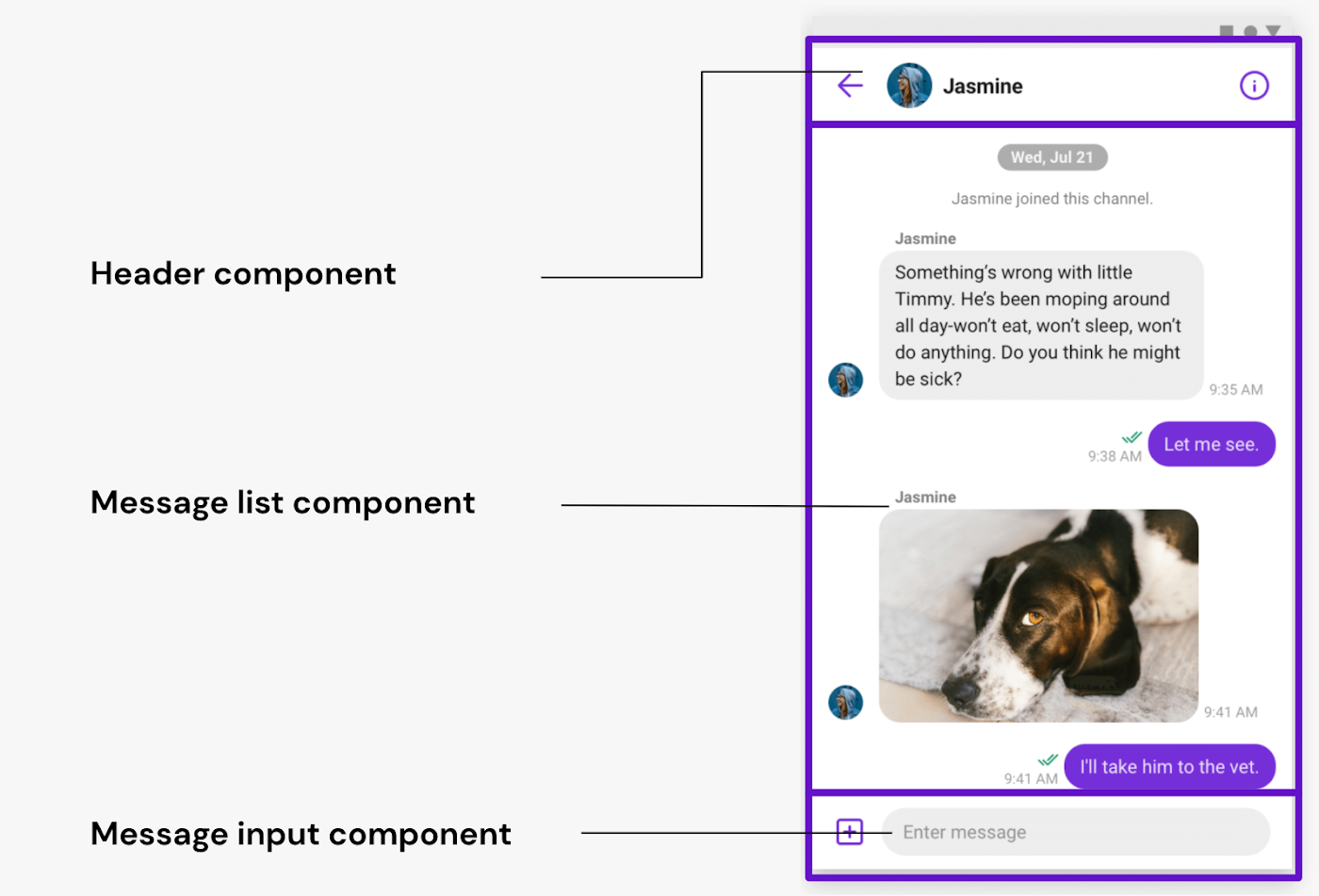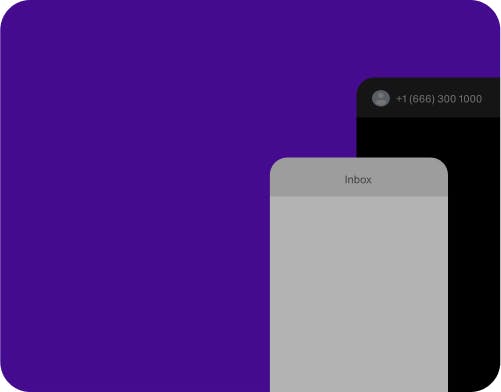Announcing Chat SDK v4 & UIKit v3 for faster, more customizable chat

(Update June 2022 – Sendbird Chat v4 is out of beta and generally available)
We’re happy to announce the release of 3 new developer-friendly Sendbird Chat SDKs and a completely rearchitected UIKit! We made these enhancements to improve the experience of developers building modern, feature-rich chat in web and mobile applications.
- We are launching three betas: Sendbird Chat SDKs for iOS, Android, and JavaScript have been rebuilt from the ground up using Swift, Kotlin, and TypeScript, respectively.
- Our Sendbird Chat UIKit – the fastest way to integrate the most proven conversations platform for web and mobile apps – was rearchitected to give developers more flexibility when customizing their apps.
New Swift, Kotlin, and TypeScript SDKs
Swift, Kotlin, and TypeScript present tremendous performance, stability, and security advantages. The popularity of these modern languages has increased massively in recent years:
- According to Google, over 60% of the top 1000 apps on the Play Store are now built with Kotlin.
- Many leading brands such as Facebook, WhatsApp, Uber, Slack, Lyft, and LinkedIn chose Swift for their iOS apps.
- TypeScript has become the preferred language for the web apps of thousands of companies, including Asana, Lyft, and Cloudflare.
We decided to modernize the entire codebase of our web and mobile SDKs so that developers can:
- Leverage the languages’ more intuitive and shorter syntax.
- Recognize and fix bugs quickly.
- Benefit from future improvements brought by Apple, Google, and Microsoft.
In addition, we took advantage of the code migration to:
- Refactor our code
- Improve code patterns
- Create better API wrappers
The benefit for all our customers is a better programming experience, improved performance, and shorter development cycles.
On our end, with the adoption of these modern languages, we are witnessing a noticeable increase in development efficiency. This translates into tangible value for our customers. The faster the pace of innovation, the more frequently we can release new relationship-building tools to help brands connect with their users or help users engage among themselves effectively and authentically. The migration provides benefits all around and sets up customers for long-term success.
Notable migration changes in our SDK include:
- The update of legacy product names such as “SendBirdSDK” with “SendbirdChat”. This distinguishes our Chat SDKs from the Sendbird UIKit, Calls, and Desk product SDKs.
- Usability improvements such as:
- New parameter class to get rid of functions with many parameters
- Connection handlers
- The reduction of library size with tree-shaking for JavaScript.
- The deprecation and replacement of the SyncManager SDK with the SDK-integrated Local Caching feature for offline messaging support.
- The enablement of instance creation from the Sendbird interface only.
- The support for Android version 5.0 (Lollipop) onwards.
- The end of Internet Explorer’s support. This change was driven by Microsoft’s May 2021 announcement detailing their deprecation of all Internet Explorer services in June 2022.
Why should you migrate?
Besides behind-the-scenes efficiency improvements of the v4 SDKs and the convenience of using the new languages, the main reason to migrate to the new SDK is to have access to all the awesome features coming up! We will exclusively launch new features on v4 SDKs and none on version 3. Also, we expect the transition to be seamless since the code behavior and logic remain the same between v3 and v4.
Note: Customers
using SyncManager will need to migrate to the latest Local Caching
integration when upgrading to v4. Use our handy migration guides for Android, iOS, and JavaScript to update your code.

The only UIKit you need to build in-app chat.
How to migrate to the new version of Sendbird Chat SDK
The migration involves a few days of integration work. Please refer to our Android, iOS, and JavaScript docs to initiate the process and download our samples on GitHub for Android, iOS, and React.
Of course, we are always available to answer questions on the Sendbird community portal or directly via our Sales team.
When should you migrate to the new SDK?
We encourage you to migrate to the Sendbird Chat v4 as soon as possible because you’ll be among the first to access the latest features of Sendbird Chat! We will continue to support version 3 for one year after version 4 becomes publicly available. Beyond this timeframe, however, we will not address any technical or performance issues for version 3. Instead, we will direct every customer to the v4 SDKs.
When will the new Sendbird Chat SDK be publicly available?
Today, our SDKs are in beta, and our current plan is to release the publicly available version in a few weeks with exciting new features! Our support of v3 will then be limited to hotfixes.
Sendbird Chat UIKit v3 – Enhanced customization
When we launched our first version of UIKit in 2020, our initial goal was to offer essential out-of-the-box chat capabilities that were faster to integrate into mobile and web apps.
With the second version, we included more Sendbird Chat SDKs’ features in UIKit, but the customizations of data, resources, and event binding had limitations.
As a result, the recurrent feedback from customers was the need for more flexibility to customize their UI. Therefore, we rearchitected the UIKit with more granular, modularized components.
Here is a comparison of the UI before and after the new architecture’s modularization.

Figure 1. Initial UIKit architecture (UIKit v2)

Figure 2. Post modularisation (UIKit v3)
Version 2 is rather monolithic, with only four macro components, as illustrated in Figure 1. In contrast, in version 3, each macro module is divided into separated headers, body, and input elements that can be added, removed, or configured in size and appearance.
Figure 3. the conversation channel, unlike module 2 in Figure 1, is divided into:
- A header
- A message list
- An input message form

Figure 3. Conversation channel components of Sendbird Chat UIKit v3
The modularization further separates data and events, enhancing the developer’s freedom to customize in-app chat. Our initial design position was to strike a balance between speed of integration and customization, leaving room for more modularization if customers need it.
Now that you are familiar with the benefits of the new architecture, let’s review some of the resources available for you to take full advantage of the new Sendbird Chat UIKit.
How to quickly get up to speed on the new Sendbird Chat UIKit
To hit the ground running, we encourage you to start with our migration guides for:
Also, refer to these video tutorials to familiarize yourself with the architecture and see hands-on coding from our engineering team.
| Android | iOS | React |
Also, make sure to check the list of breaking changes that we have consolidated for:
And to download the UIKit samples.
A quick Flutter update!
For those who have missed it, we released web support for the Sendbird Chat Flutter SDK a few weeks ago. The SDK now realizes the complete value proposition of Flutter: allowing developers to share one Dart codebase for all their mobile and web applications.
With this addition, you can now build web applications like PWAs or SPAs and bring your existing mobile app to the web!
Check out our docs and sample to learn more about Sendbird Chat for Flutter.
Faster, stronger, better
After many months of development, we look forward to seeing all of you adopt the new SDKs and UIKits! We know you will enjoy coding with the most efficient languages supported by Apple, Google, and Microsoft, as much as we do. We also look forward to releasing new features to connect your businesses and users more authentically and effectively to build stronger relationships via your web and mobile apps!
For those who wonder… the new languages will indeed become pervasive across the Sendbird platform, so stay tuned for more product updates taking advantage of them!
Please let us know your feedback, as we will always work towards surpassing your highest expectations.
Until then, greetings from Sendbird, your devoted conversations partner for web and mobile apps. 🎗🚀












